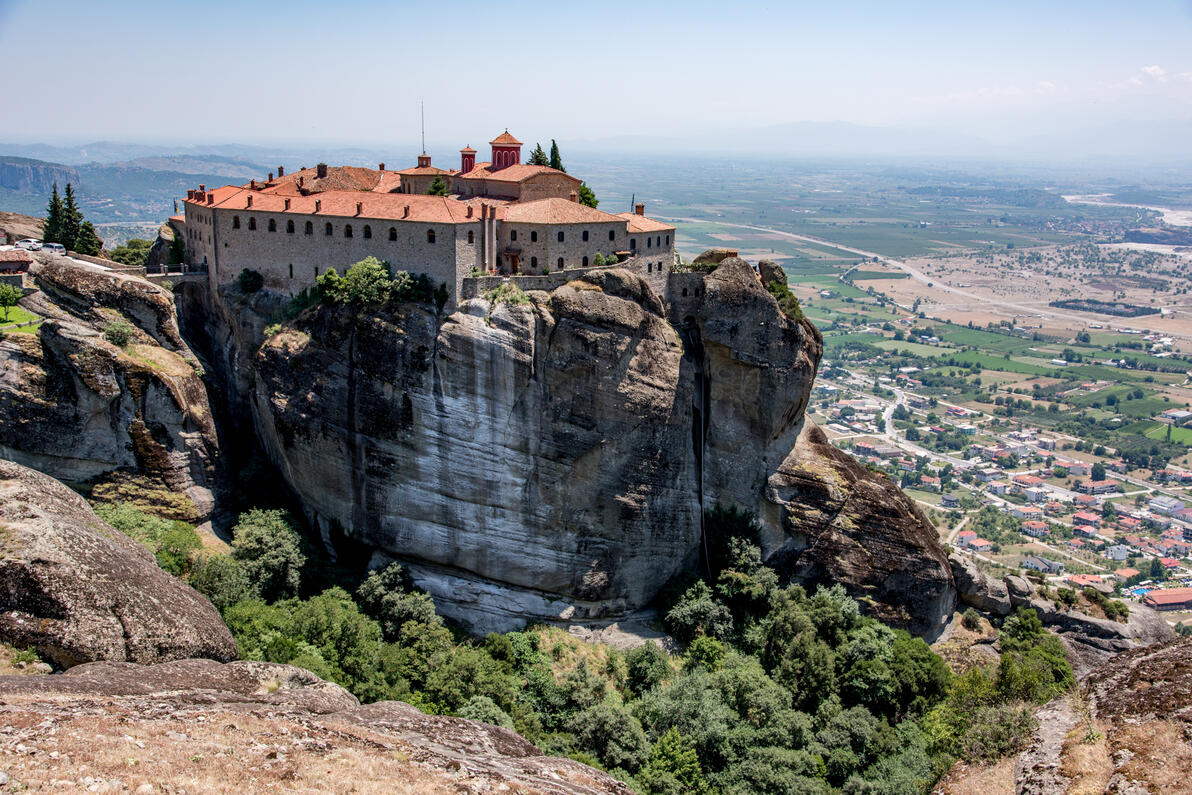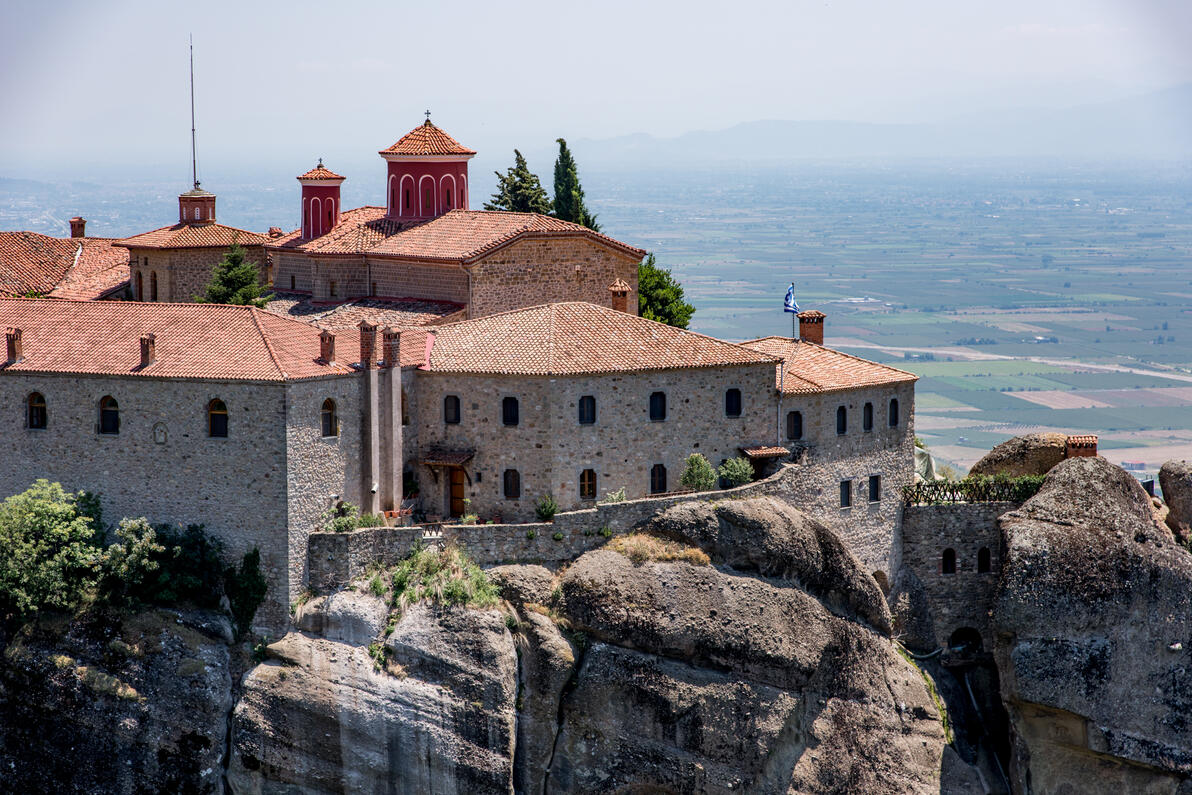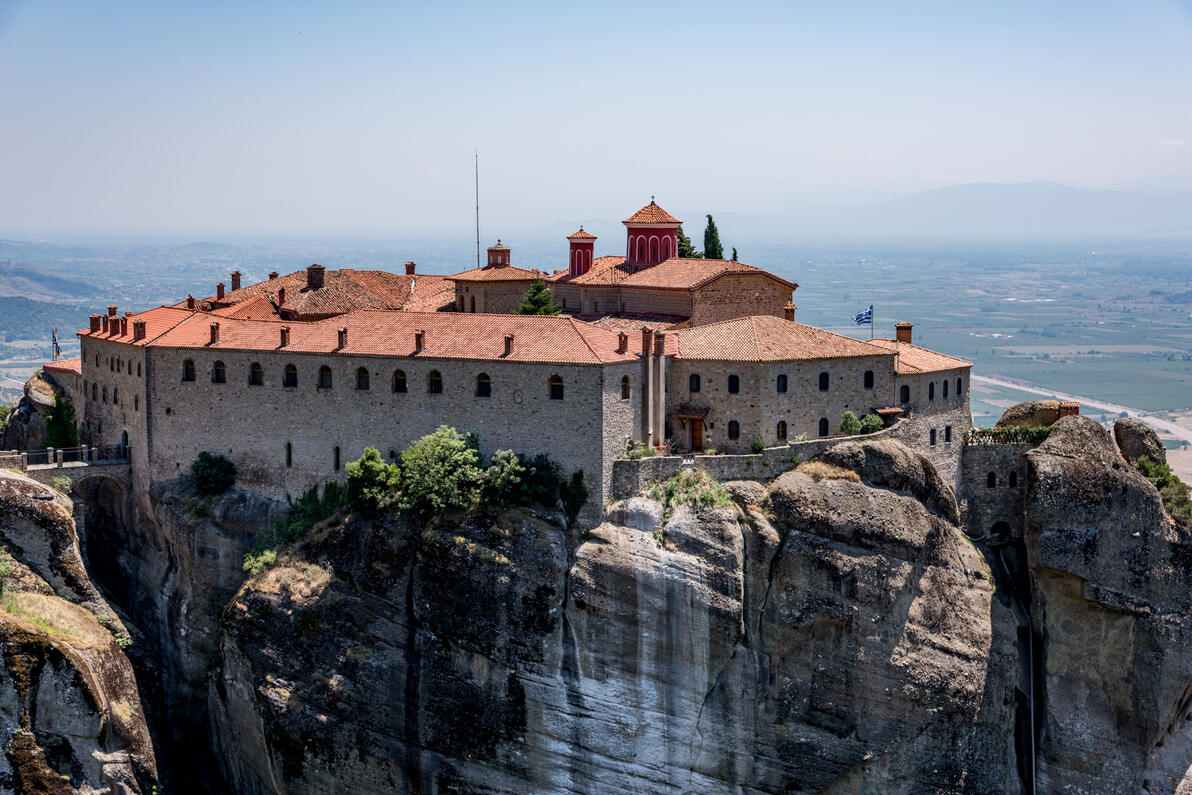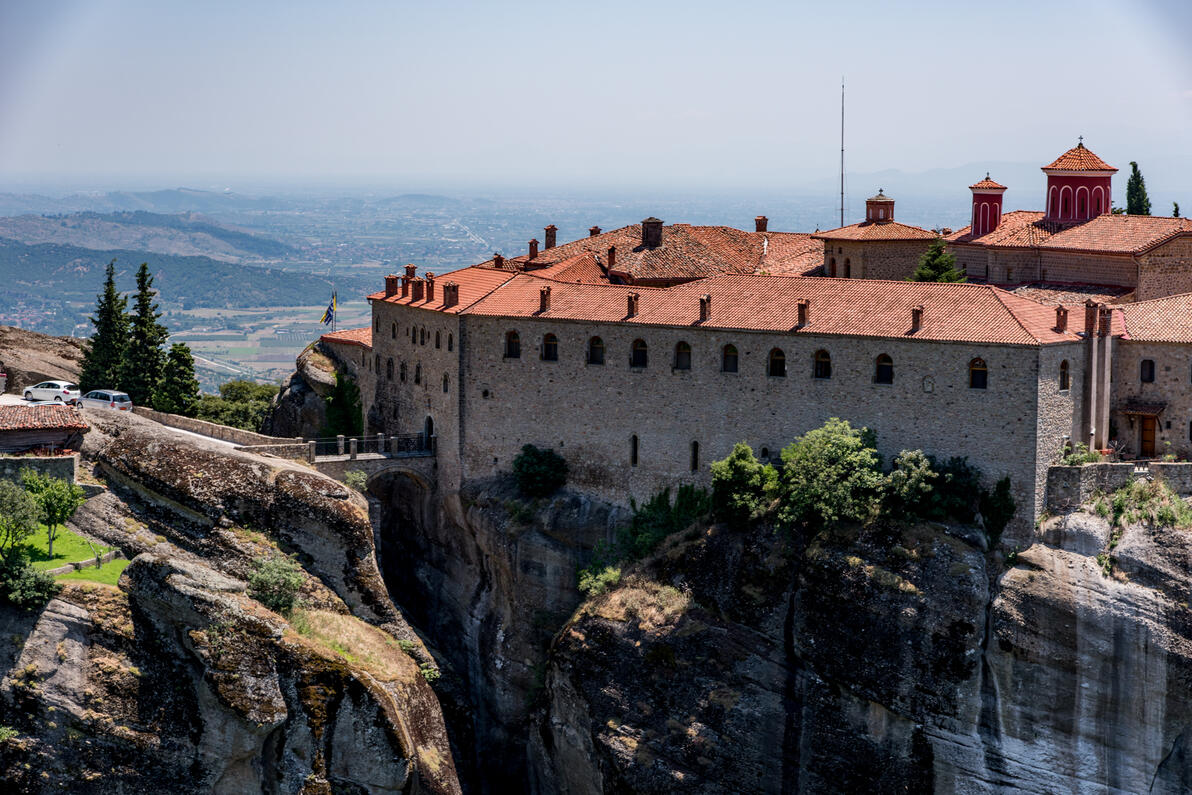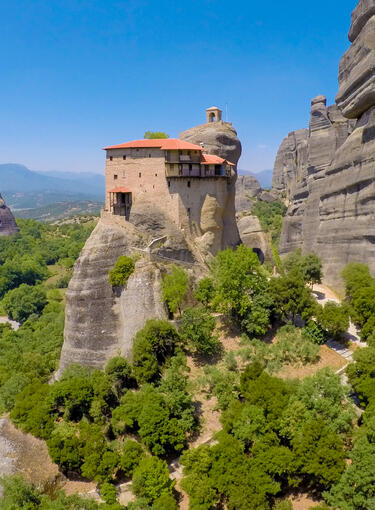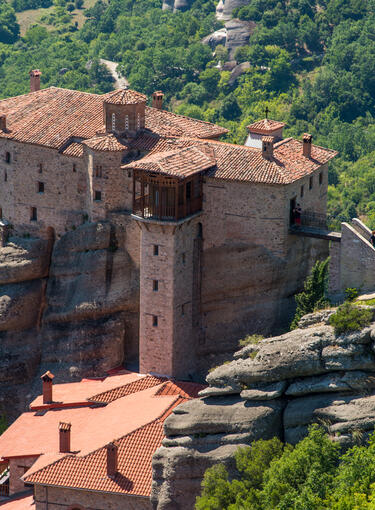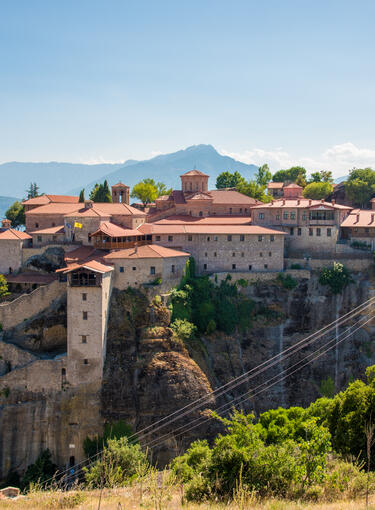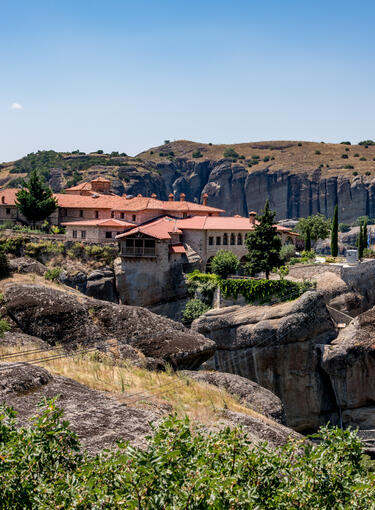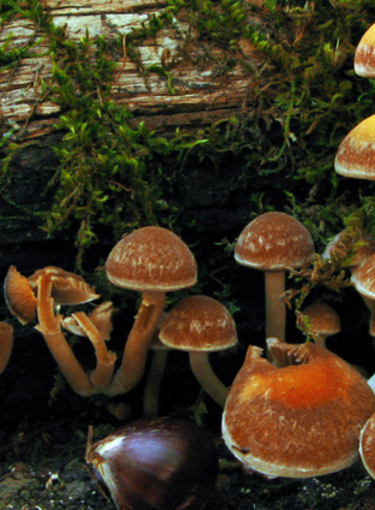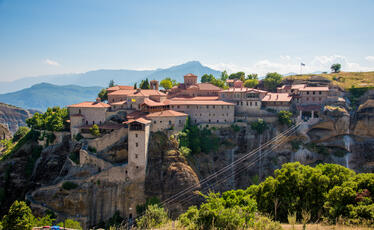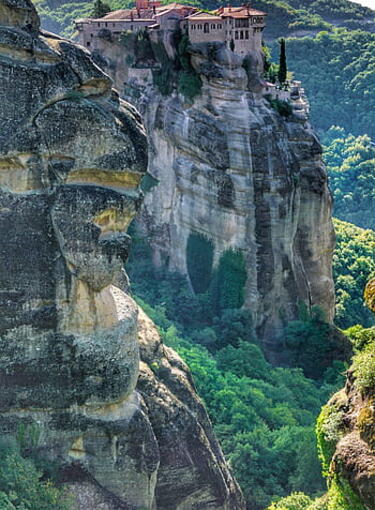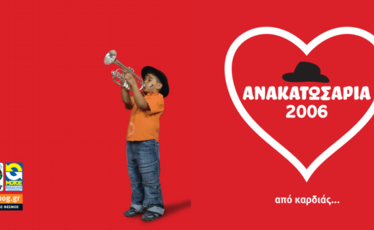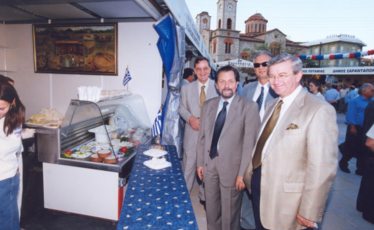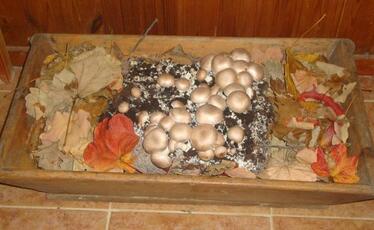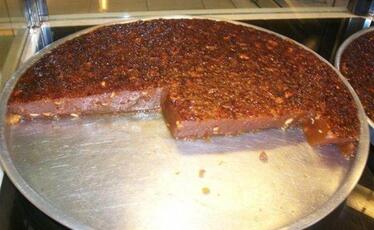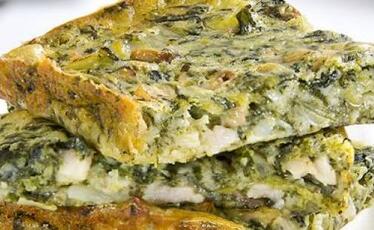On the southeastern edge of the cluster of the Meteora rocks is the Monastery of Agios Stefanos, the most easily accessible and the first one the visitor encounters as he moves from the city of Kalabaka along the country road Meteora-Kaliithea.
The first settlement on this rock took place in 1191-1192, according to a now lost inscription, which also mentions the name Jeremiah, who was perhaps the first ascetic. The founder of the first catholicon of the monastery was the archimandrite Osios Antonios, who tradition relates to the Byzantine family of Kantakouzenos, however the date of the church’s foundation is not known. The old catholicon, the church of Agios Stefanos, was renovated or reconstructed before 1545, from the priest monk Osios Filotheos from Sklataina, the second founder of the monastery. This we detect from a sigil by the Ecumenical Patriarch Jeremiah I, in 1545, which mentions the building activity of Filotheos. The present day catholicon, dedicated to Agios Charalambos, was built in 1798, when bishop of Stagon was Paisios Kleinovitis and the abbot of the monastery was Amvrosios. The ruler of Wallachia Vladislav gave to the monastery the holy skull of Agios Charalambos.
The old catholicon belongs to the type of aisleless, wooden-roofed basilica with a narthex on the west. According to an inscription on the western wall of the narthex, which doesn’t mention a date, the icons of the church were made when the abbot was Mitrofanis, probably in around 1545. The same inscription informs us that the priest-painter Nikolaos from Kalabaka renovated the wall painting of the Dormition of the Virgin Mary. The more recent catholicon is a four-columned, cross-in-square church with a dome and belongs to the so-called “Athonite” triconch type, where apart from the eastern semicircular conch of the altar area there are semicircular conchs on the two sides, which are called “choirs”, because that’s where the chanters stand. On its western side there is a spacious, four-columned narthex, the common “liti” of the monasteries. In the 19th century, when Theofanis was the abbot, they added to the northern side the portico with the columns. The decoration of the wall paintings in the church is modern, the work of the painter of icons Vlassis Tsotsonis. Remarkable is the wooden-carved screen, the work of craftsmen from Metsovo, which dates from 1814, as well as the rest of the wooden-carved furniture at the interior of the church. At the church’s refectory, which today is used as sacristy-museum, manuscripts, icons, religious vestments and vessels are exhibited.
It is a women’s monastery and it celebrates on the 10th of February (Agios Charalambos Day) and on the 27th of December (Agios Stefanos Day).
Informations
Additional
Date:
16th century
Season:
Post-Byzantine
Celebrates:
27 December, 10 February
Holy Metropolis:
Stagi and Meteora
Under the Supervision of:
Ephorate of Antiquities of Trikala
Schedule:
Daily except Monday.
Summer: 9.00-13.30 & 15.30-17.30
Winter: 9.00-13.00 & 15.00-17.00


